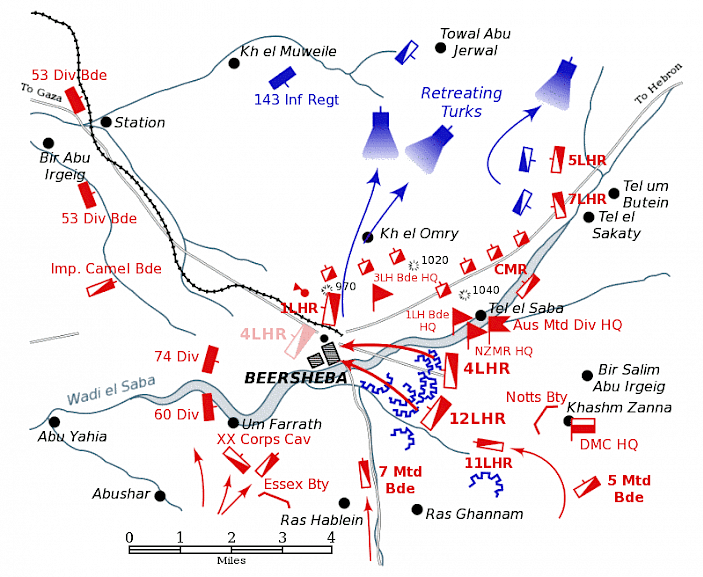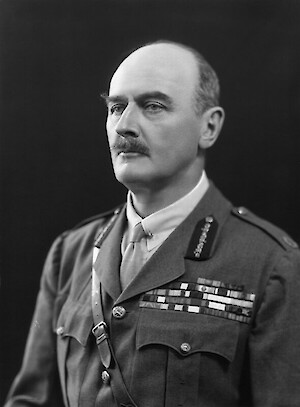Not Just Halloween
But also the 95th anniversary of the “last successful cavalry charge”.
Published: 31 October 2012
Today is Halloween

But ninety-five years ago today in 1917, two British infantry divisions from Chetwode's Field Marshal Philip Walhouse Chetwode, 1st Baron Chetwode, 7th Baronet of Oakley, GCB, OM, GCSI, KCMG, DSO (21st September 1869 – 6th July 1950) was a British cavalry officer who became Commander in Chief in India XX Corps attacked the strong Ottoman defences dug in around the south-west of Beersheba in Gaza. At the same time, two regiments of the Australian Light Horse Brigade from Chauvel's General Sir Henry George Chauvel, GCMG, KCB (16th April 1865 – 4th March 1945), known also as Sir Harry Chauvel, was a senior officer of the Australian Imperial Force who fought at Gallipoli and in the Middle Eastern theatre during the First World War. He was the first Australian to attain the rank of lieutenant general and later general, and the first to lead a corps. Desert Mounted Corps charged from the East across more than three miles of open terrain in the face of artillery, machine guns and small arms fire to overrun the remaining Turkish trenches and, crucially, to capture the vital surviving water wells.

Hynman Allenby
The action provided the climax for the film The Lighthorsemen. It is said to have been the last successful offensive cavalry charge in history and was part of the opening engagement of the broader action which became known as the Third Battle of Gaza that enabled Allenby Field Marshal Edmund Henry Hynman Allenby, 1st Viscount Allenby GCB, GCMG, GCVO (23rd April 1861 – 14th May 1936) was a British soldier and administrator most famous for his role during the First World War, in which he led the Egyptian Expeditionary Force during the Sinai and Palestine Campaign in the conquest of Palestine and Syria in 1917 and 1918. finally to dislodge the Turks and Germans from the region and, on 11th December 1917, take Jerusalem for the British, Dominion and Commonwealth Forces.
Technically speaking, the Light Horse Regiments were mounted infantry, not cavalry, but that's probably a split hair too far.